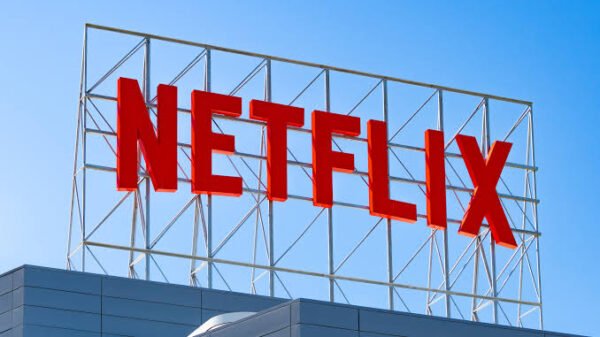NIH Funding Cuts Spark Controversy as Research Institutions Brace for Impact
The National Institutes of Health (NIH) recently announced significant budget cuts that could reshape how universities manage their research funding. On February 7, 2025, the agency introduced a new policy capping indirect research costs at 15% of grant funding. Previously, these costs fluctuated, with some institutions receiving over 60% of their grants to cover overhead expenses such as facility maintenance, administrative salaries, and safety compliance.
This sudden shift has sent shockwaves through the academic research community. Universities that rely heavily on federal grants are now facing potential financial shortfalls in the hundreds of millions of dollars. Stanford University, for example, is projected to lose $160 million due to the new rule. Similarly, Weill Cornell Medicine, which received $107 million in indirect cost reimbursements in 2022, would now receive only $23 million. These cuts could have widespread consequences, threatening essential research infrastructure, administrative staff, and support personnel vital to maintaining world-class laboratories.
Harvard University President Alan Garber expressed grave concerns, emphasizing that these cuts threaten the pace of scientific discovery. “The discovery of new treatments would slow, opportunities to train the next generation of scientific leaders would shrink, and our nation’s science and engineering prowess would be severely compromised,” Garber warned.
Further controversy surrounds the origins of this policy. Critics argue that the cuts align with recommendations from a 2022 Heritage Foundation report titled “Indirect Costs: How Taxpayers Subsidize University Nonsense” by Jay Greene and John Schoof. The report scrutinized how universities allocate federal grant money, particularly in funding Diversity, Equity, and Inclusion (DEI) programs. It claimed that higher indirect costs correlated with increased DEI staff hiring and argued for drastic reductions in university funding to curb “leftist political activism” in academia.
While the NIH has not officially cited the Heritage Foundation’s report, many of its justifications mirror the think tank’s arguments. Notably, the agency referenced a study suggesting that most universities would accept grants with 0% indirect costs—an assertion that originated from the Heritage report without attribution. Although Jay Greene denied direct involvement in the NIH’s decision, he acknowledged that the agency’s announcement aligned with his research.
Beyond financial implications, the timing of these reductions aligns with broader conservative policy initiatives. The Heritage Foundation’s strategic policy blueprint, “Project 2025,” outlines recommendations for a potential second Trump administration, including slashing indirect research costs under the premise of fiscal responsibility. Though former President Donald Trump has distanced himself from the foundation’s report, similar budget-cutting measures remain central to his campaign rhetoric.
Experts fear these funding cuts will slow groundbreaking research, particularly in medical advancements, disease prevention, and public health initiatives. Universities and research institutions play a crucial role in developing new treatments and technologies, and limiting their financial resources could have long-term consequences for scientific progress.
In a swift response, 22 U.S. states, led by California Attorney General Rob Bonta, have filed a lawsuit against the NIH, arguing the cuts are unlawful and would stifle innovation. Plaintiffs contend that reducing funding for critical research efforts at a time when scientific progress is essential could jeopardize America’s global leadership in medicine, engineering, and technology.
At a national level, the debate over government funding for university research is becoming more politically charged. Supporters of the cuts argue they reduce the burden on taxpayers, while opponents warn of severe repercussions for the scientific community. University leaders now face the challenge of adjusting to this financial upheaval, finding new ways to maintain ongoing research while ensuring compliance with reduced funding.
As the legal battle unfolds, this issue is expected to become a focal point in the 2024 election cycle, given its ties to broader ideological debates over higher education policies. How universities, scientists, and policymakers adapt will determine the future of federally funded research and America’s continued leadership in global scientific innovation.















































